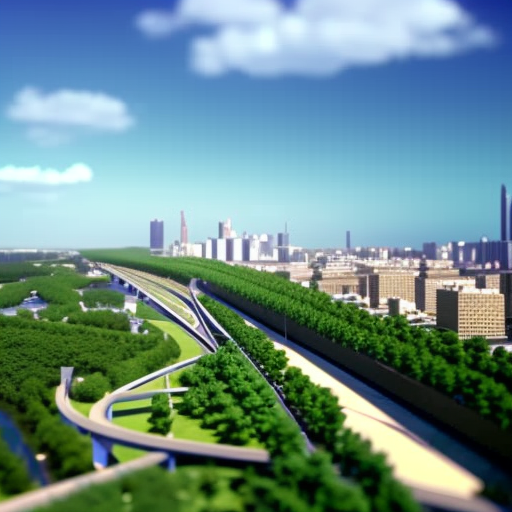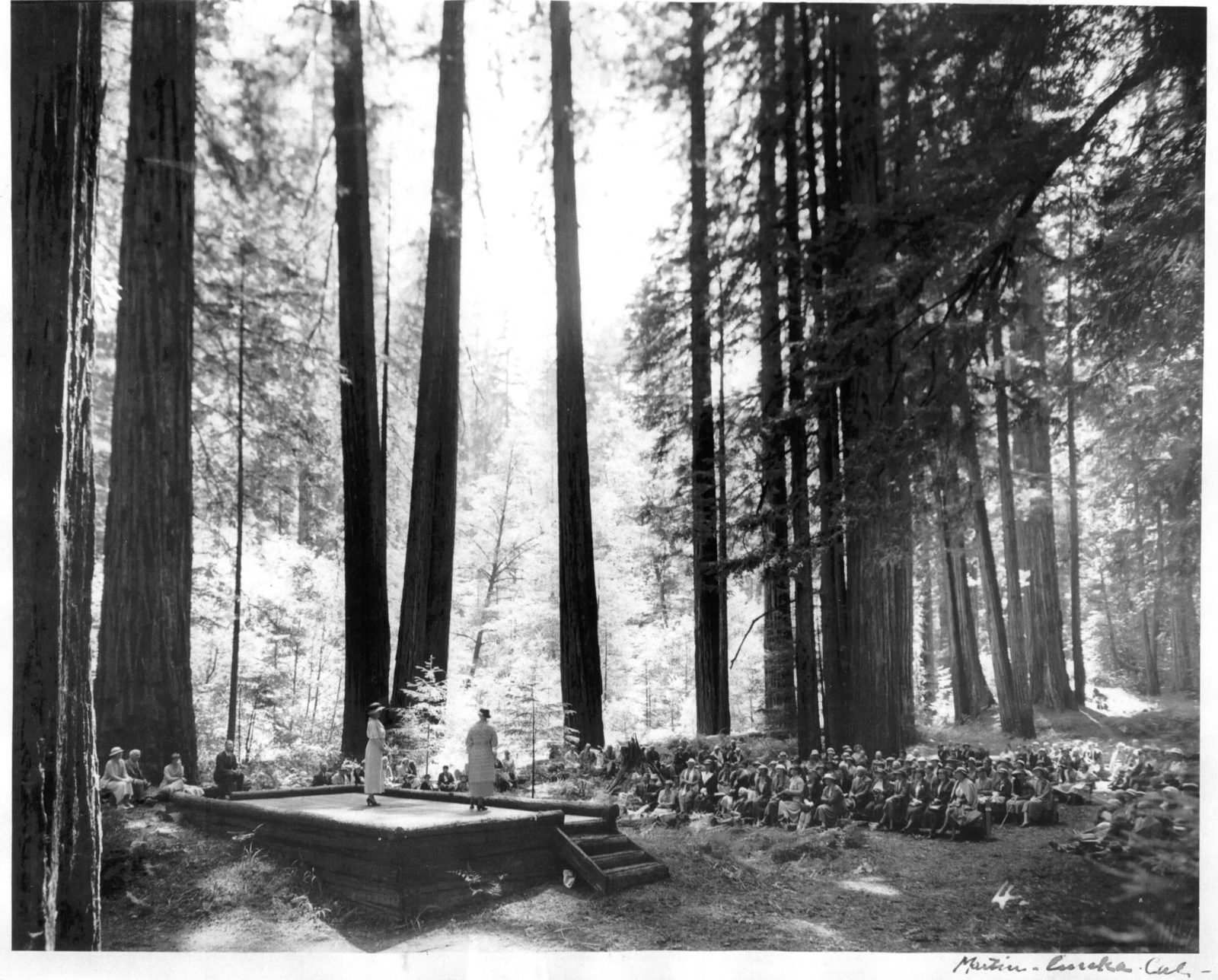
Abstract
Introduction
Blue-green infrastructure (BGI) offers a range of benefits, including stormwater management, water purification, heat mitigation, and habitat provision. However, current designs prioritize engineering goals and overlook ecological potential. This report advocates for integrating engineering and ecological objectives to enhance BGI performance and biodiversity.
Synthesis of Literature
Through an interdisciplinary literature review, we emphasize the importance of species diversity, abundance, and ecological processes in improving engineering performance, resilience, and reducing management costs. Interdisciplinary collaboration is crucial to navigate trade-offs between engineering and ecological objectives.
Engineering with Biodiversity
- Performance: Biodiversity affects stormwater management, water quality, and heat mitigation of BGI.
- Resilience: High species diversity can increase BGI resilience to environmental stressors.
- Maintenance Costs: Natural species turnover can reduce maintenance costs while benefiting biodiversity.
Engineering for Biodiversity
BGI should be designed to conserve biodiversity by considering local and landscape-scale ecological needs. This includes maximizing surface area, increasing vegetation diversity, ensuring soil and water depth and quality, and providing structural heterogeneity.
Trade-offs in Multifunctional Systems
- Design Trade-offs: Conflicts may arise between engineering and ecological goals in BGI design.
- Maintenance Trade-offs: Maintenance practices should fulfill both engineering objectives and biodiversity requirements.
- Ecological Trade-offs: Prioritization of certain species over others is necessary when engineering for biodiversity.
Future Directions
Interdisciplinary collaborations are essential to address challenges related to trade-offs and climate change effects on BGI and urban systems. Research is needed to evaluate the contribution of BGI and biodiversity to urban systems under changing climatic conditions.
Data Availability
All studies considered for the review are reported in the Supplementary Tables 2 and 3. No additional datasets were generated.
Acknowledgements
This study was funded by the ETH Board through the Blue-Green Biodiversity Initiative. We thank various individuals for their contributions and constructive feedback during the writing of this manuscript.
Author Information
The authors Kilian Perrelet, Marco Moretti, Andreas Dietzel, Florian Altermatt, and Lauren M. Cook are affiliated with Swiss Federal Institute of Aquatic Science & Technology, Eawag, Swiss Federal Research Institute for Forests, Snow, and Landscapes, WSL, and Department of Evolutionary Biology and Environmental Studies, University of Zürich.
Ethics Declarations
The authors declare no competing interests.
Rights and Permissions
This article is licensed under a Creative Commons Attribution 4.0 International License.
About this Article
This article titled “Engineering blue-green infrastructure for and with biodiversity in cities” by Perrelet et al. was received on April 26, 2023, accepted on April 11, 2024, and published on April 24, 2024. DOI: https://doi.org/10.1038/s42949-024-00163-y
SDGs, Targets and Indicators
| SDGs | Targets | Indicators |
|---|---|---|
| SDG 6: Clean Water and Sanitation | 6.3: Improve water quality by reducing pollution, eliminating dumping and minimizing release of hazardous chemicals and materials | Improvement in water quality due to BGI implementation |
| SDG 11: Sustainable Cities and Communities | 11.7: Provide universal access to safe, inclusive, and accessible green and public spaces | Increased availability and quality of green spaces due to BGI |
| SDG 13: Climate Action | 13.1: Strengthen resilience and adaptive capacity to climate-related hazards and natural disasters | Enhanced resilience of urban areas to climate-related hazards through BGI |
| SDG 15: Life on Land | 15.5: Take urgent and significant action to reduce the degradation of natural habitats, halt the loss of biodiversity, and protect and prevent the extinction of threatened species | Biodiversity improvements in urban areas due to BGI design for biodiversity conservation |
Copyright: Dive into this article, curated with care by SDG Investors Inc. Our advanced AI technology searches through vast amounts of data to spotlight how we are all moving forward with the Sustainable Development Goals. While we own the rights to this content, we invite you to share it to help spread knowledge and spark action on the SDGs.
Fuente: nature.com

Join us, as fellow seekers of change, on a transformative journey at https://sdgtalks.ai/welcome, where you can become a member and actively contribute to shaping a brighter future.






